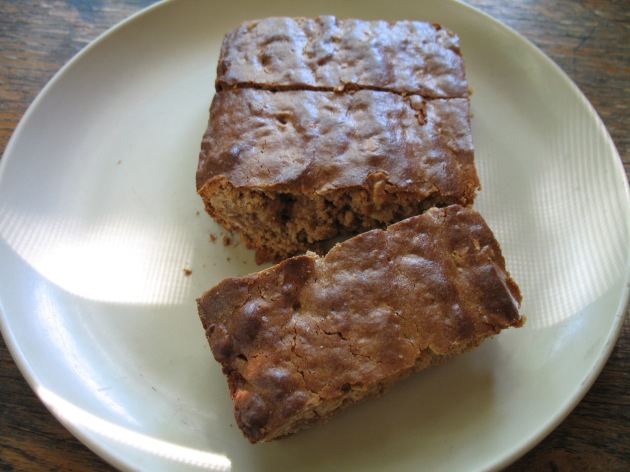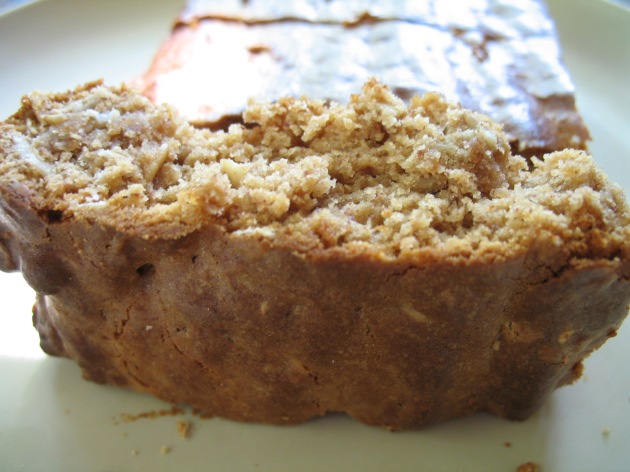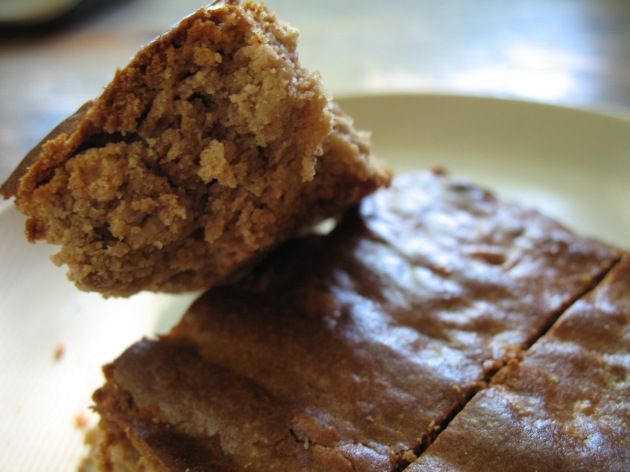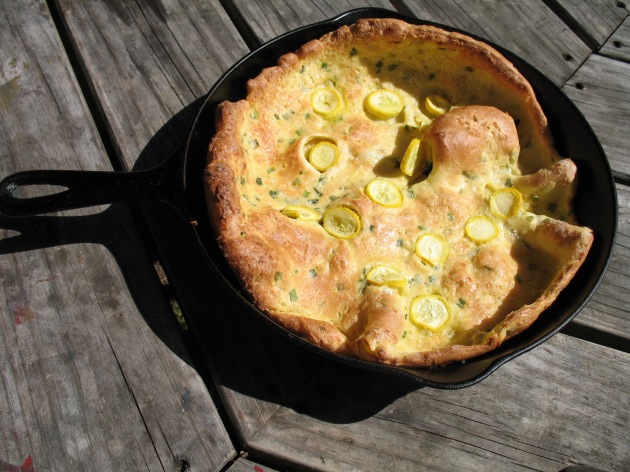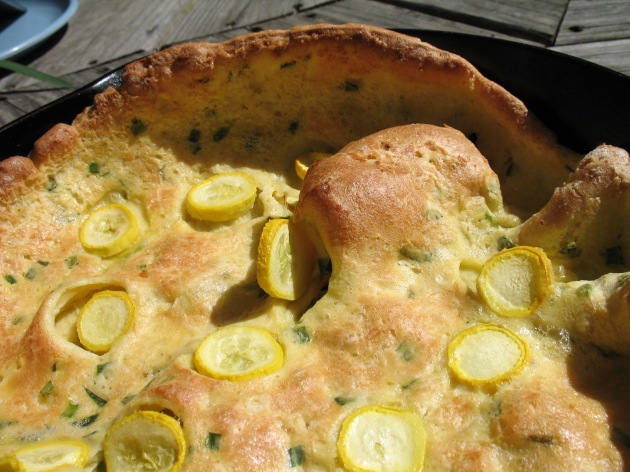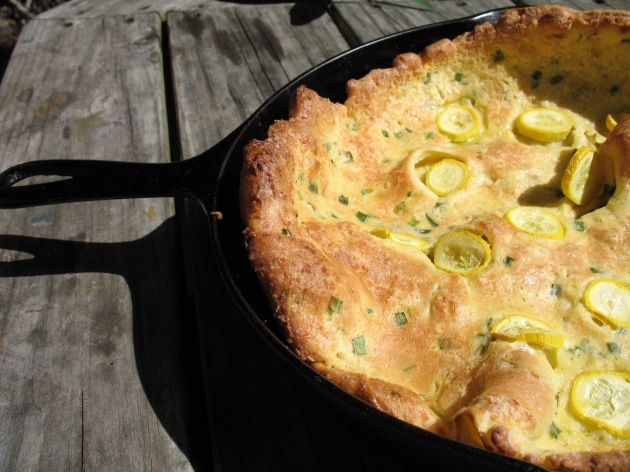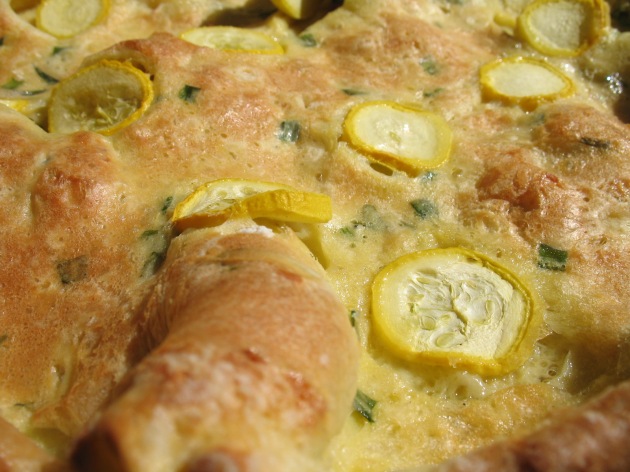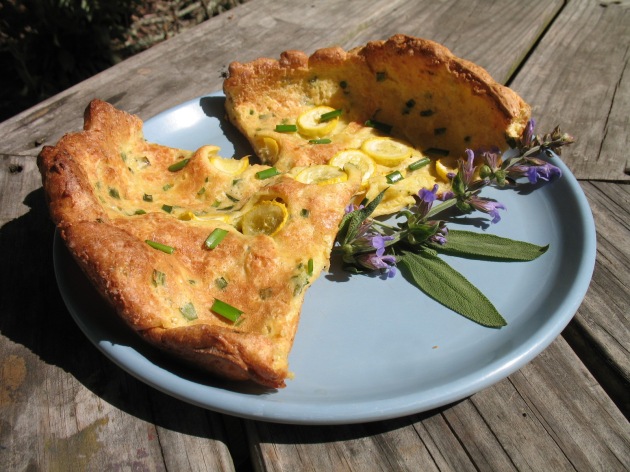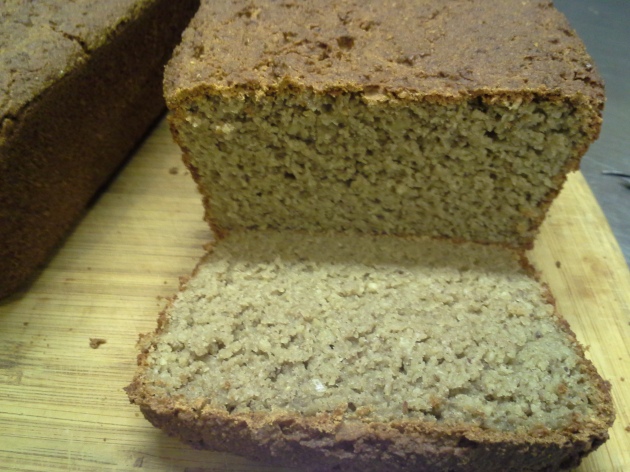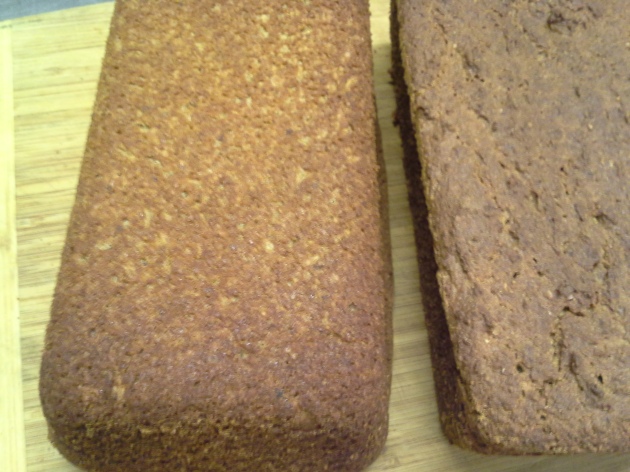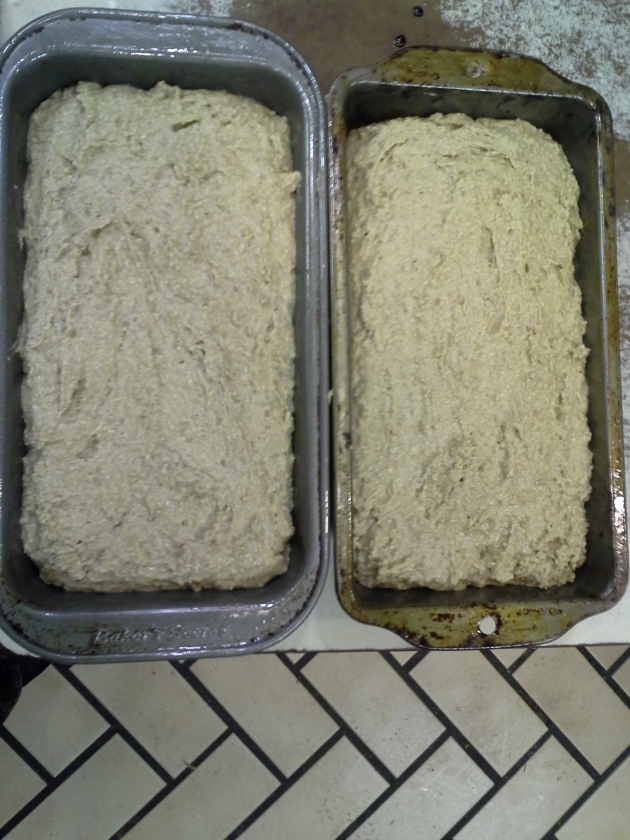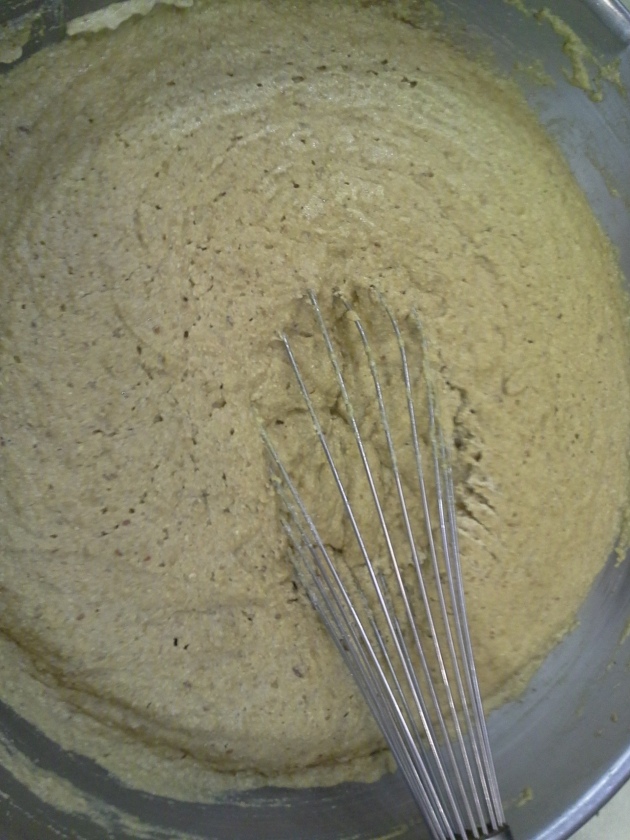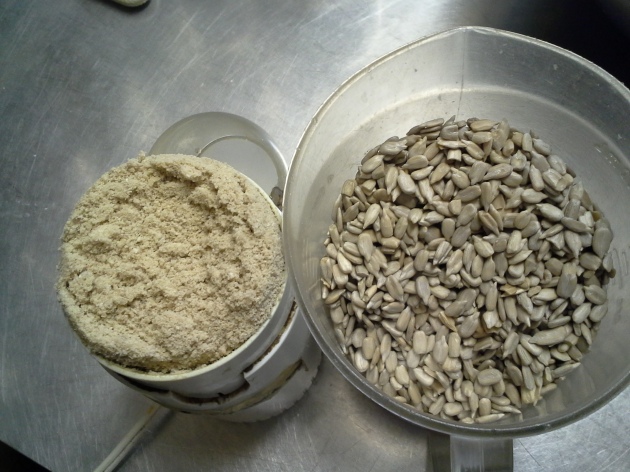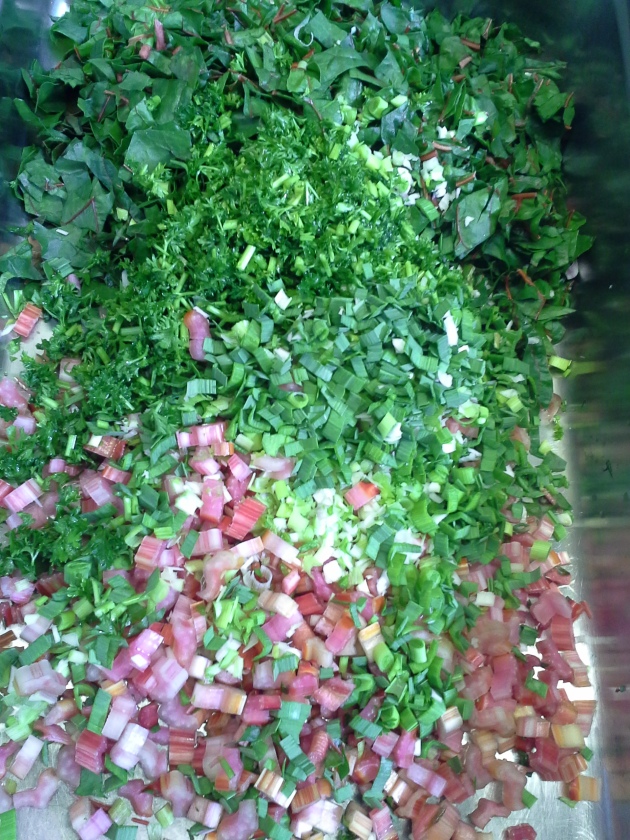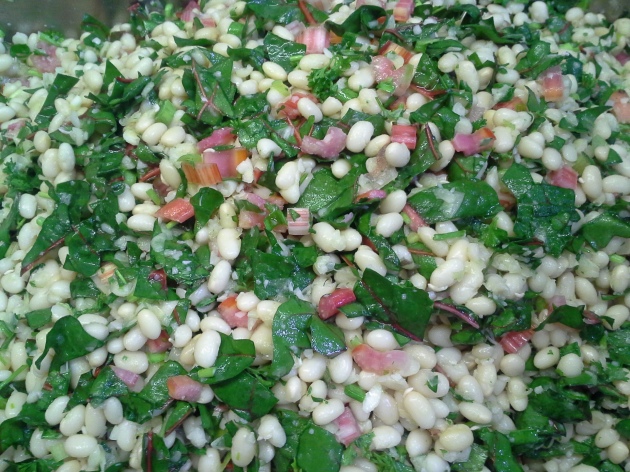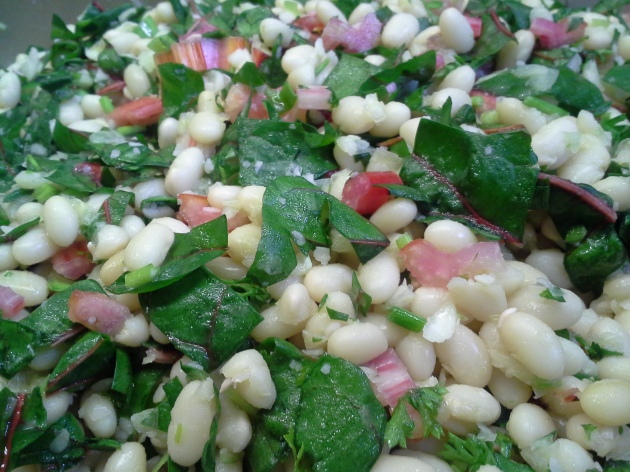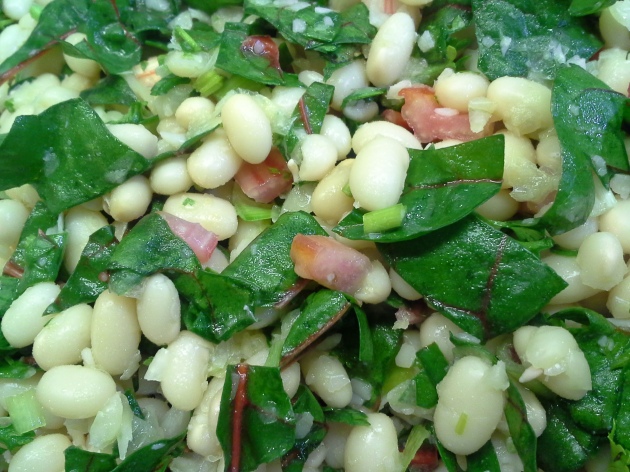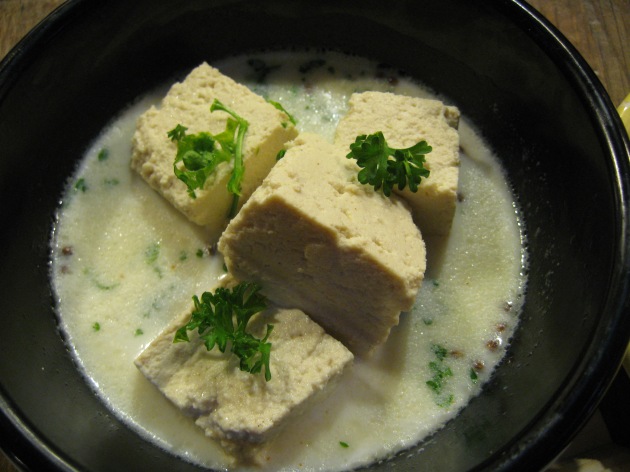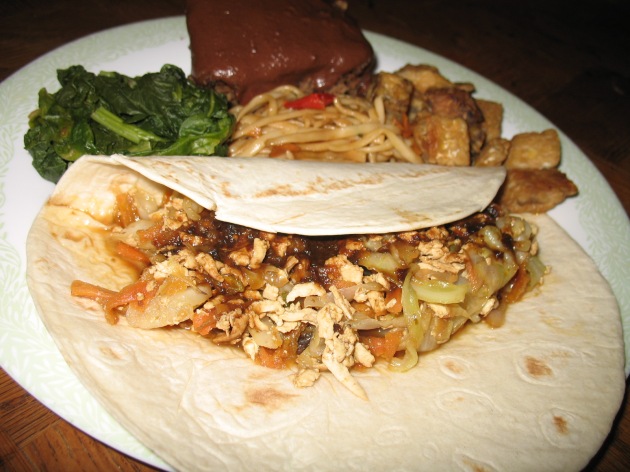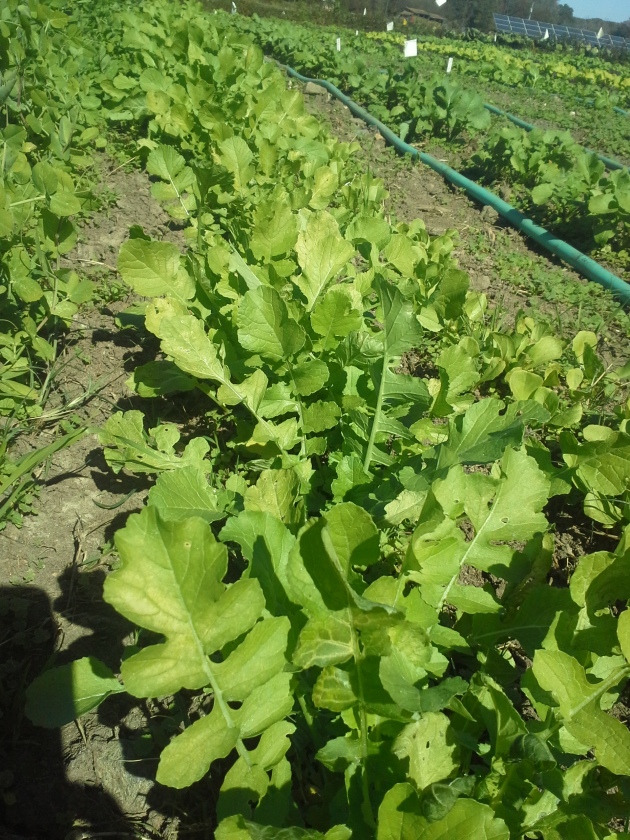There’s nothing like a fresh salad to spruce up a table. A pretty salad can effectively garnish the whole meal. A variety of colors in salads can increase appetite, as well as providing basic fiber and raw nutrients. A medium-dark lettuce carries whopping amounts of chlorophyll; vitamins A, C, & K; manganese; folate; and more. It’s also an opportunity to add some Omega-rich healthy oil – such as extra-virgin olive oil, walnuts, or another favorite nut. Salads are fun to make here on the farm, with a full supply of super-fresh homegrown greens, herbs, edible flowers, cukes, tomatoes, and more. Sadly, cold weather is here for a few months slowing that supply down a bit. Cooler weather is actually best for growing lettuce, flavor-wise – in hot weather the flavor can turn bitter if the plant bolts or “burns.” Our farm continues to grow lettuce, kale, and other greens in the hoophouse all winter long. It’s easy to make up new salad recipes using whatever veggies look best in season. Here are a few of my favorites from the past couple of years:
Quick-pickled Radishes
This is such a simple recipe – and can be colorful, if you choose colorful radishes. Our farm grows a lovely mix of purple, pink, red, and white radishes.

Slice very thinly, then sprinkle salt to taste and vinegar to the top level of the radishes in a bowl. Add fresh cilantro leaves, and mix well. This salad is great right away, and even better after at least a half hour of soaking. For community meals, I usually make a couple of quarts of this salad when we have enough radishes! Here’s a basic ratio for smaller proportions:
1/2 cup thinly sliced radishes, 3 Tablespoons Vinegar, 1 teaspoon salt.
I have come across many interesting variations in recipes for quick pickles, so experiment with adding things you might like in the basic recipe, like horseradish, sugar, garlic, ginger, herbs, thinly sliced carrots or other crispy veggies.

Apple Rhubarb Flower Salad

Some folks shy away from edible flowers, or don’t know which ones are edible. Some common back yard varieties include daylilies, violets, borage, squash flowers, nasturtium, roses, redbuds, etc. Caution is advised for unfamiliars, naturally. Edible flowers have been in food fashion for centuries, with a recent jump in popularity the past decade or so. A friend of a friend started their own edible flower business for a couple of years, simply growing what they could in their back yard, selling to the back doors of restaurant kitchens who received them with pleasant surprise. Flowers are wonderful cake toppers – seven years ago, I made a simple handfasting cake with pale yellow & pink rose petals & violets for a couple of old-fashioned friends’ special day.
This salad uses purple & white violets, plus their greens, picked fresh the day of use. Thick, reddish rhubarb stalks are best in season in the spring. Slice the rhubarb thinly, discarding the leaf (which is poisonous). Core your favorite apples (for this salad, I like the sweetness and flavor of gala or fuji), and chop into 1-inch chunks, sprinkling lemon juice as you go to prevent oxidation. Proportionally, use about 4 parts apples to one part rhubarb. The tartness of the rhubarb contrasts nicely with the sweetness of the apples. Add the violet leaves whole, or slice them. Add a drizzle of honey, a splash more lemon (to taste), sliced fresh sorrel (if you have it – a lemony leafy herb) or parsley or chervil. Mix well, and top with pretty violets right before serving (they might wilt in the fridge or heat).

Cucumber, Apple, & Pear salad
Peeling is optional if you trust where your produce came from. Thinly slice equal amounts of cucumbers, apples, & pears (asian pears are especially well-suited with their juicy, crispy, mild flavor). Wash & mince a handful of fresh parsley. Add a splash of rice wine vinegar or fresh lemon, a light drizzle of honey, light sprinkle of salt, and mix well. Our farm grows small, yellow “asian jewel” melons that taste like a slightly sweet cucumber – also a great addition to this salad.
Massaged Kale
Kale, whether massaged, cooked, or in chip form, is definitely “in fashion” lately. As a dark, leafy green, kale provides vitamins, iron, & potassium. Massaging kale softens it while leaving it raw and its nutrients intact.
Wash kale, and strip from the stems (pulling the leaves off with your hands), or chop finely (1-inch leaf pieces, plus thinner sliced stems optional). Mince a couple cloves of garlic, and sprinkle with some salt & pepper to taste, a splash each of lemon juice & apple cider (or white wine) vinegar, plus a generous drizzle of extra-virgin olive oil. With clean hands, roll up your sleeves and massage the kale as you might a person or bread dough. Turn & mix while massaging for about 15 minutes, until the kale had decreased in size by about half. Sometimes I won’t have enough room in the bowl to massage it all at once, but then I can add more kale in once there is room for more to fit.
Mixed Greens & Purples with Feta

Purple & blue veggies & flowers are uncommon in nature. Purple vegetables contain antioxidants, a wide variety of vitamins in trace amounts, plus plenty of vitamins A, B-6, C, and potassium. They’re best served raw, with some kind of acidic element (lemon, vinegar, etc) to protect it from oxidation, for the most nutrients and health benefits.
Wash & dry baby spinach greens, or your favorite dark leafy greens (pictured above is tat soi & radish greens). Thinly slice a purple cabbage and a red onion. Toss salad with a sprinkle of coarse salt, black pepper, oregano, olive oil, and fresh lemon juice. Crumble feta cheese and fresh black olives and mix.
Tomato Salad with Basil & Tarragon
I love a mix of colors of tomatoes (Verna orange, yellow peach, big rainbow, burgundy, green zebra heritage varieties are some of my favorites), and of course any fresh red tomatoes will work. Cube the tomatoes or slice how you like. Roughly chop (or rip by hand) fresh herbs: basil, tarragon (goes surprisingly very well with tomato flavor – naturally sweet), oregano, plus salt & pepper to taste (I use sparse, coarse salt and fresh cracked black pepper), and mix. This salad could easily be sliced instead, showing the prettiest sides of the tomatoes’ colors – and then spread over some focaccia flatbread and baked. Yum!
For more texture, flavor, and protein, add fresh mozzarella cubes and sliced red onion & let marinade for a while before serving.
Wild-Harvested Salads
Like edible flowers, more back yard salad may be eluding you. Get a trail guide or plant identification book, or a neighbor, and start looking. Knowing at least a few common wild edibles provides fresh meals while camping in wilderness, and variety of diet while back home. Never be without nutritious, dark ruffage (also spelled roughage). Some common plants to look for and taste:
-chickweed (grows most of the year in medium climates)
-purslane (juicy, lemony flavor, omega 3)
-dandelion leaves (& flowers) – bitter, coffee taste, good for liver
-wild onions (easy to find shooting up above the top of the grass, almost anywhere)
-watercress (grows in or near streams)
-nettles (high-nutrient density, great for your organs)

Green Goddess Dressing
This is a favorite dressing which can take different forms. Everyone makes it slightly different to their own taste, but the basics are to chop up lots of green things and puree into a dressing – spinach, kale, parsley, cilantro, scallions, etc. I start with a jar and fill it half to two-thirds full of chopped green ruffage, pour vinegar about halfway, add a scoop of yogurt, a scoop of tahini, salt & pepper to taste, and olive oil to fill, then puree using an immersion or standing blender.





